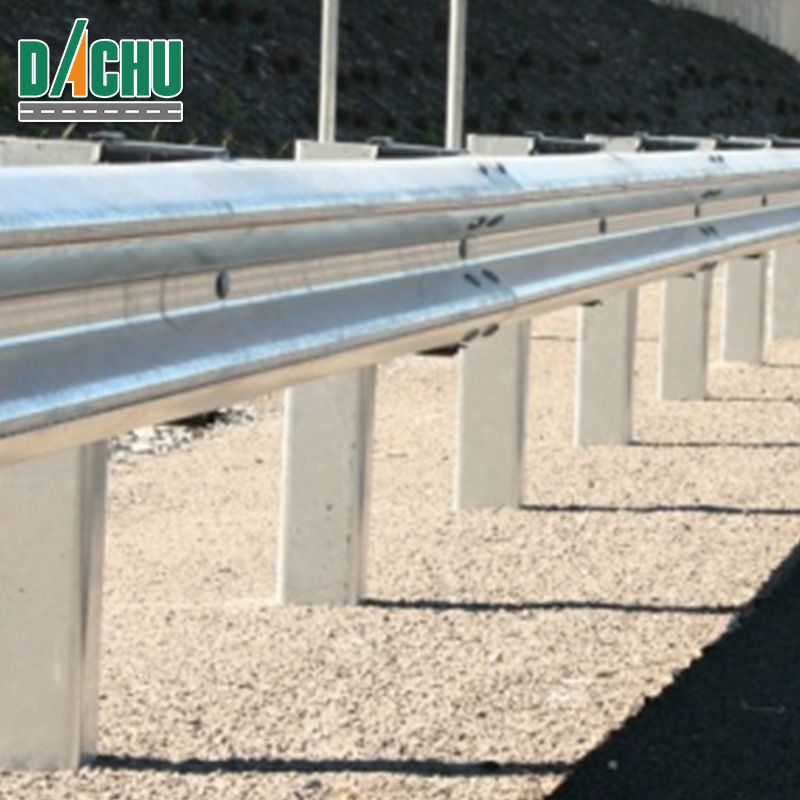Hot-dip galvanized W-beam guardrails are barriers designed to prevent vehicles from leaving the roadway and colliding with hazardous objects or entering opposing traffic lanes. They consist of galvanized steel beams, which are shaped in a W-profile to provide maximum strength and stability. The hot-dip galvanizing process involves coating the steel beams with a layer of zinc, ensuring excellent corrosion resistance and durability.

Advantages of Hot-Dip Galvanized W-Beam Guardrails
1 Durability and Corrosion Resistance
Hot-dip galvanized W-beam guardrails are built to withstand the rigors of outdoor environments. The galvanizing process creates a protective zinc coating that acts as a barrier, preventing corrosion and rust formation. This durable coating ensures that the guardrails can withstand exposure to various weather conditions, including rain, snow, and extreme temperatures, without compromising their structural integrity.
2 Effective Crash Mitigation
The primary purpose of hot-dip galvanized W-beam guardrails is to mitigate the impact of vehicle collisions and protect motorists. The W-shaped design of the guardrails provides superior strength and energy absorption capabilities, effectively redirecting and containing errant vehicles. When properly installed, these types of guardrails can minimize the severity of accidents and reduce the risk of vehicles leaving the roadway or colliding with hazardous obstacles.
3 Cost-Effectiveness
Hot-dip galvanized W-beam guardrails offer long-term cost-effectiveness. The galvanized steel construction provides exceptional durability, resulting in a longer service life and reduced maintenance and replacement costs. Additionally, the corrosion resistance of the galvanized coating eliminates the need for frequent repainting or additional protective coatings, further reducing maintenance expenses over time.
4 Easy Maintenance and Repair
Maintaining and repairing hot-dip galvanized W-beam guardrails is relatively straightforward. The galvanized coating requires minimal maintenance, typically limited to routine inspections for damage or wear. In the event of a collision or damage, individual guardrail components can be easily replaced without the need for extensive repairs or complete replacement of the entire barrier system, ensuring quick and cost-effective repairs.
Construction and Installation of Hot-Dip Galvanized W-Beam Guardrails
The construction and installation of hot-dip galvanized W-beam guardrails involve several key steps:
Design and Engineering: Guardrail systems are designed and engineered based on specific roadway requirements, taking into account factors such as speed limits, traffic volume, and roadside conditions.
Component Fabrication: Steel beams are fabricated into the W-beam profile, typically through roll forming processes, ensuring consistent dimensions and structural integrity.
Hot-Dip Galvanizing: The fabricated steel beams undergo hot-dip galvanizing, a process that immerses the steel in molten zinc to create a corrosion-resistant coating.
Installation: The guardrail components are installed along roadways, following established installation guidelines and safety regulations. This includes proper anchoring, spacing, and end treatments to ensure optimal performance.





Comments
0